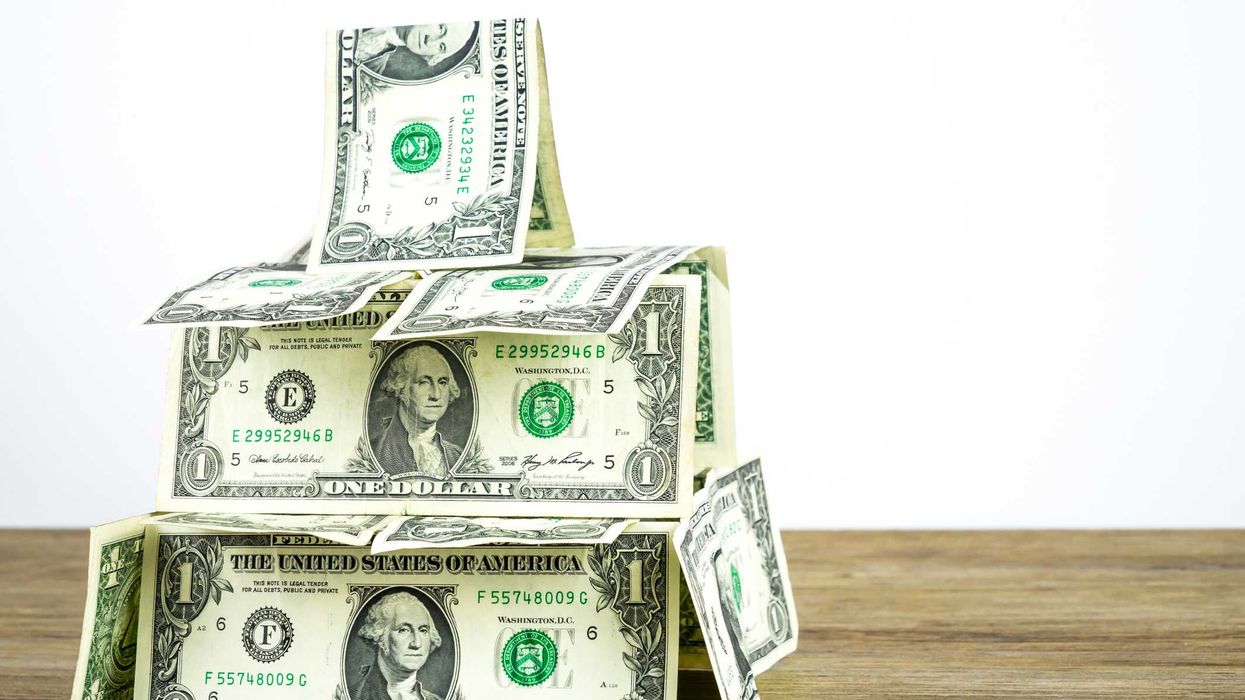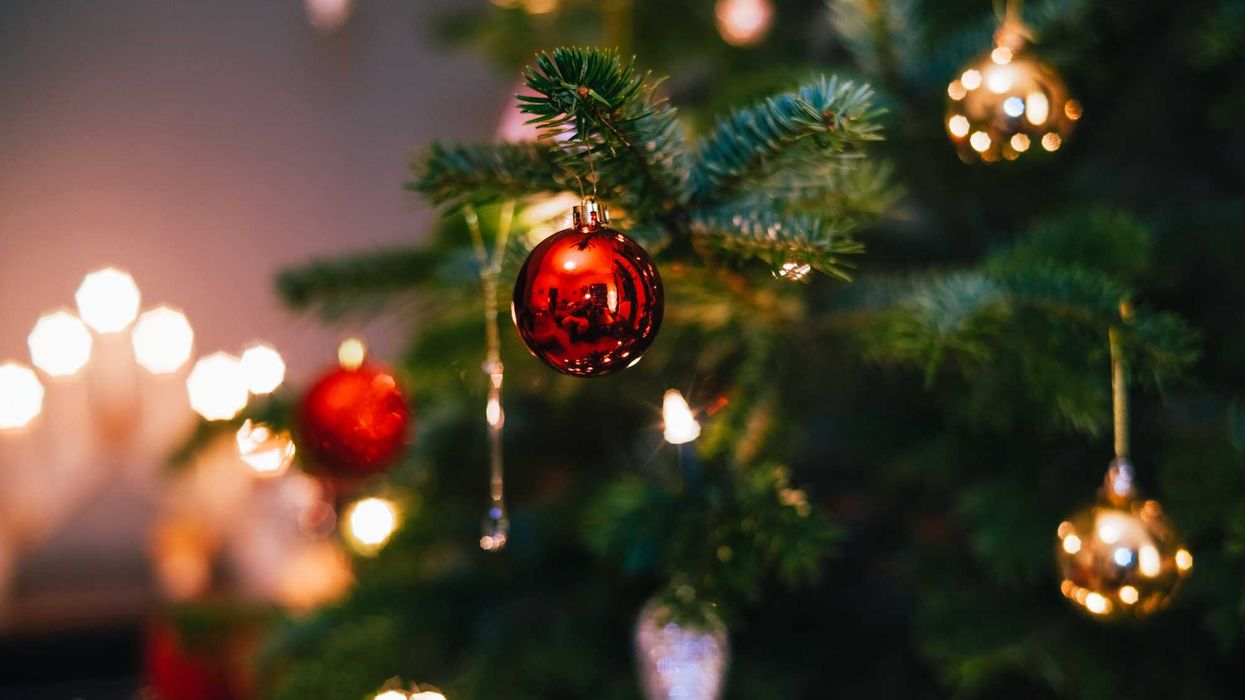This is part 2 of a series that started with Running on Empty: America’s Fragile Middle Class. Part 3 will examine possible fixes.
Before the Fall
In September 2008, the sight of Lehman Brothers employees carrying boxes out of their headquarters became a symbol of the global financial meltdown. Families lost homes, retirement savings vanished, and the illusion of endless growth collapsed. Economist Hyman Minsky had long warned that stability often breeds risky behavior until the system breaks. Today, similar warning signs—too much borrowing, risky bets, and leaders focused more on spin than substance—are flashing again. Despite Trump’s claims of a booming economy, the financial sector looks fragile. His policies of deregulation and political pressure on regulators add fuel to the fire, making the next crisis potentially worse.
Leverage and the Debt Overhang
Borrowing fuels financial booms, but it also triggers busts. In 2008, too much debt left households and banks vulnerable. Currently, the U.S. economy is experiencing similar stress. The federal deficit is around 7% of GDP—more than double its 2008 level. Since 2021, interest payments on the national debt have nearly tripled, now second only to Social Security in the budget. Within ten years, debt service could consume a third of tax revenue, compared to less than 15% in the 1990s and approximately 20% before the last crash. Leaders tolerate this imbalance because voters prefer tax cuts and spending increases, but they punish anyone who tries to address deficits.
Big companies are feeling the pressure too. Some major banks are approaching the same risky levels they had before the 2008 financial crisis. Citigroup and Bank of America, for example, have thin equity cushions. It’s like buying a house with barely any down payment—if prices dip, you owe more than the house is worth. Just like before, the U.S. is stacking debt on top of debt. The problem now extends well beyond traditional banks.
Shadow Banking and Fringe Finance
Private lending has grown rapidly, but it remains largely outside the reach of regulators. These hidden channels—known as shadow banking because they operate outside traditional banking regulations—resemble the complex financial products that contributed to the 2008 economic crash. Unlike regular banks, private lenders face fewer regulations, allowing companies to borrow heavily with minimal oversight. Problems often go unnoticed until they spill over. Trump’s deregulatory push has widened this gap, dismantling rules designed to contain risk.
Hedge funds and private equity firms now rival traditional banks. Private equity often buys companies using borrowed money, then cuts costs to boost short-term profits. If things go wrong, workers lose jobs, communities lose employers, and taxpayers end up covering the losses. Supporters claim this makes companies more efficient; in practice, it shifts risk onto workers and the public. Trump’s effort to make the U.S. a crypto hub adds another layer of risk. Crypto platforms let people borrow large sums with little oversight, making them unstable. Once prices fall, the entire system can unravel.
The lesson from 2008 was clear: hidden risks affect everyone when things go south. Under Trump, the safety rails are coming off just as shadow finance grows.
Ponzi Finance and Asset Bubbles
Minsky warned that financial systems transition from safe lending to speculation, and then to Ponzi finance—borrowing that can only be repaid if asset prices continue to rise, much like a pyramid scheme. Today, crypto, meme stocks, speculative AI startups, and commercial real estate all show signs of this pattern.
The AI sector is especially shaky. Billions are flowing into startups with weak business models, driven more by hype than actual revenue. If the bubble bursts, it could wipe out investor money and stall real innovation, like the dot-com crash. Commercial real estate has its own problems, with empty offices and falling rents threatening heavily indebted property owners. Confidence can evaporate overnight, and when it does, these markets collapse and the damage spreads across the economy.
Regulatory Retreat
In good times, regulators often loosen their regulations. Trump has accelerated this trend by cutting oversight and leaning on the Federal Reserve. A Fed driven by politics instead of long-term stability risks making bad decisions. Both parties have pressured the Fed in the past, but Trump has taken it to extremes. We’ve seen the danger before: in the 1970s, political pressure kept interest rates too low, leading to runaway inflation and a loss of public trust. It took painful rate hikes in the 1980s to restore balance. Forcing the Fed to cut rates now, despite lingering inflation risks, could repeat the mistakes of the past.
Too Big to Fail 2.0
Some financial institutions remain so large and interconnected that their collapse would significantly shake the global economy. Citigroup and Bank of America are at the top of that list, with leverage levels similar to those of Bear Stearns before its 2008 collapse. A future crisis could lead to massive bailouts—what Minsky called "contingency socialism," where losses are socialized but profits remain private. That cycle reflects moral hazard: when people or institutions take bigger risks because they assume someone else—usually the public—will absorb the losses. Politicians tolerate this imbalance because they fear being blamed for collapse more than they fear encouraging reckless behavior.
To be fair, advocates of deregulation argue that lighter rules encourage innovation and growth. Borrowing can also help keep the economy afloat in downturns and deliver short-term benefits that voters notice—cheaper credit, tax cuts, and rising stock values. The danger is that these gains are fleeting, while the risks they create can endure.
We saw this after 2008, when the government spent billions to rescue major banks. Those moves stopped a total collapse, but they also protected Wall Street while everyday Americans lost homes, jobs, and savings. That imbalance—saving the powerful while others suffer—is the risk we face again if regulation fails.
A System on Borrowed Time
The system is brittle, and the cracks are widening. Households and small businesses are already under strain. Now, Wall Street’s debt, shadow finance, asset bubbles, and weak regulation add layers of fragility. Together, these problems could trigger another major crisis.
The next article will transition from diagnosis to prescription, outlining reforms to strengthen oversight, restore the Federal Reserve's independence, and rebuild middle-class stability. The goal is straightforward: avoid another 2008 and create an economy that benefits more than just the top tier.
Robert Cropf is a professor of political science at Saint Louis University.




















